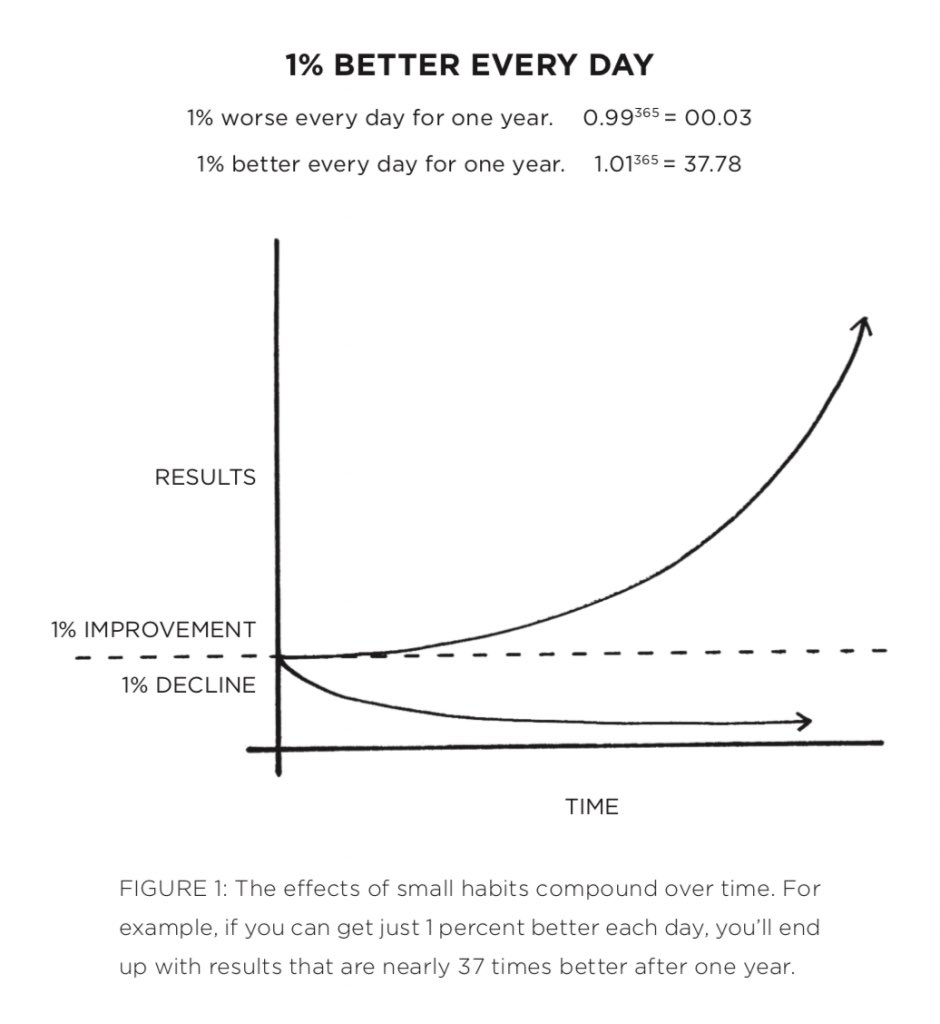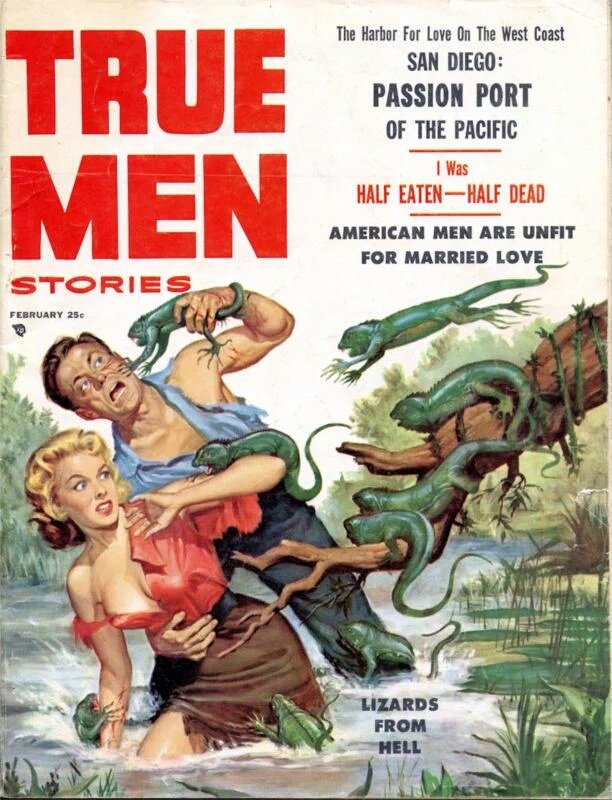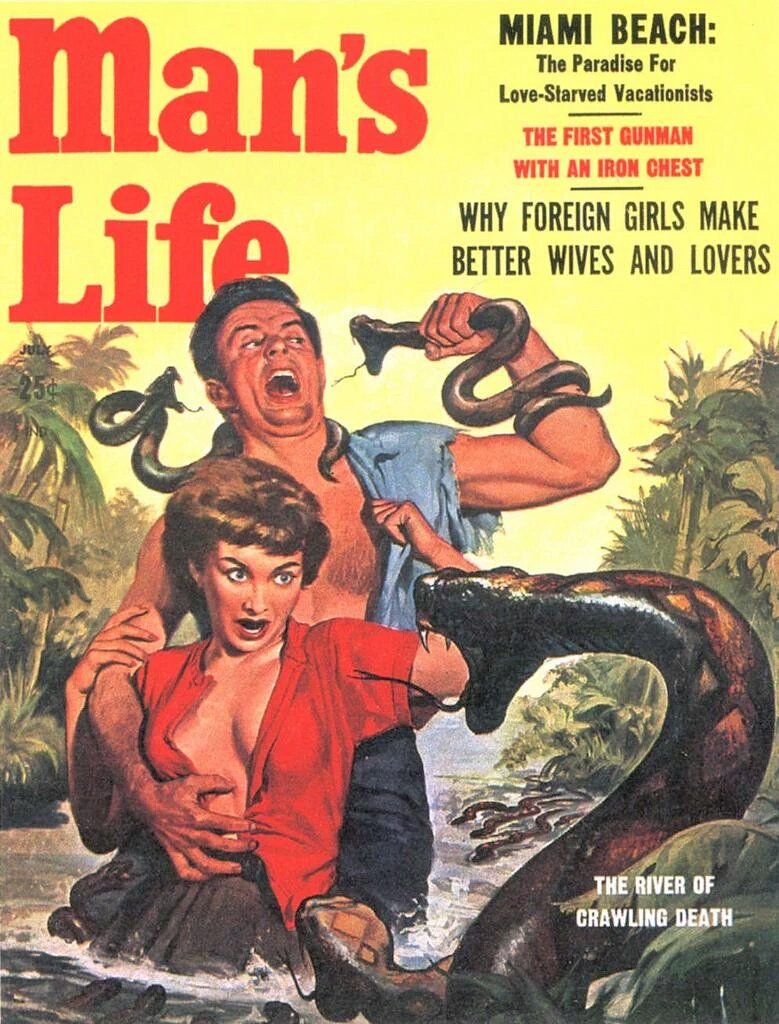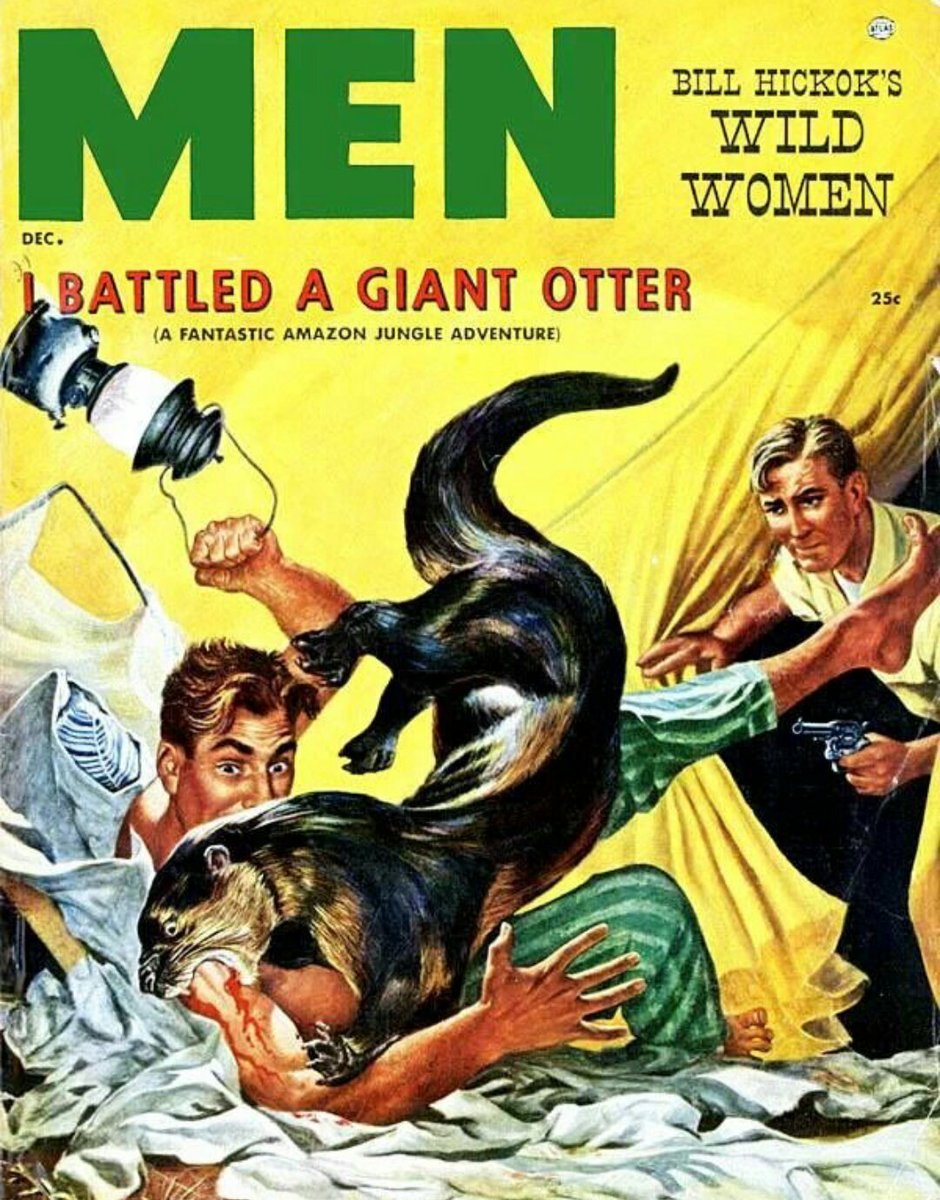That pie achieved consciousness long enough to know true love.
A pie thread. Send the children out of the room.
Know how you're eating something so good that you hunch over it, damn the utensils, go full Altered States proto-human, baring your teeth and flailing at anybody who gets too close?
That pie achieved consciousness long enough to know true love.
I had mother-loving lemon honey. It's not super sweet, it's got a ting-tang of lemon, and--I swear to this--when I put it in my tea my 3rd eye opens in appreciation. So I do the math: brown sugar is just about the sweetness; 1/2 a jar of lemon honey should do.
Dammit, son, this pie ain't for chirren!
More from Book
Michael Tesler in @FiveThirtyEight bringing some data to bear on my tweets about @ReverendWarnock\u2019s dog ad. A piece worth reading, and a reminder: It\u2019s never \u201cjust a dog,\u201d y\u2019all.https://t.co/ijQvTDOdvj pic.twitter.com/sp05Bhueob
— Hakeem Jefferson (@hakeemjefferson) December 15, 2020
In the 1930s, Pitbulls — which, as Bronwen pointed out to me over and over, don’t constitute a dog breed but a shape — used to be seen as the trusty sidekick of the proletariat, the Honda Civic of canines. (Think of “the Little Rascals” dog.)
.
That began changing in the postwar years and the rise of the suburbs. A pedigreed dog became a status symbol for the burgeoning white middle class. And pitbulls got left behind in the cities.
Aside: USians have flitted between different “dangerous” breeds and media-fueled panics around specific dogs. (anti-German xenophobia in the late 1800s fueled extermination programs of the spitz, a little German dog that newspapers said was vicious and spread disease.)
Some previously “dangerous” dogs get rebranded over the years — German shepherds, Dobermans, Rottweilers. But the thing their respective periods of contempt and concern had to do is that they were associated with some contemporarily undesirable group.
You May Also Like
@NBA @StephenKissler @yhgrad 1. From Day 1, SARS-COV-2 was very well adapted to humans .....and transgenic hACE2 Mice
1. From Day 1, SARS-COV-2 was very well adapted to humans .....and transgenic hACE2 Mice
— Billy Bostickson \U0001f3f4\U0001f441&\U0001f441 \U0001f193 (@BillyBostickson) January 30, 2021
"we generated a mouse model expressing hACE2 by using CRISPR/Cas9 knockin technology. In comparison with wild-type C57BL/6 mice, both young & aged hACE2 mice sustained high viral loads... pic.twitter.com/j94XtSkscj
@NBA @StephenKissler @yhgrad 2. High Probability of serial passaging in Transgenic Mice expressing hACE2 in genesis of SARS-COV-2
1. High Probability of serial passaging in Transgenic Mice expressing hACE2 in genesis of SARS-COV-2!
— Billy Bostickson \U0001f3f4\U0001f441&\U0001f441 \U0001f193 (@BillyBostickson) January 2, 2021
2 papers:
Human\u2013viral molecular mimicryhttps://t.co/irfH0Zgrve
Molecular Mimicryhttps://t.co/yLQoUtfS6s https://t.co/lsCv2iMEQz
@NBA @StephenKissler @yhgrad B.1.1.7 has an unusually large number of genetic changes, ... found to date in mouse-adapted SARS-CoV2 and is also seen in ferret infections.
https://t.co/9Z4oJmkcKj

@NBA @StephenKissler @yhgrad We adapted a clinical isolate of SARS-CoV-2 by serial passaging in the ... Thus, this mouse-adapted strain and associated challenge model should be ... (B) SARS-CoV-2 genomic RNA loads in mouse lung homogenates at P0 to P6.
https://t.co/I90OOCJg7o























